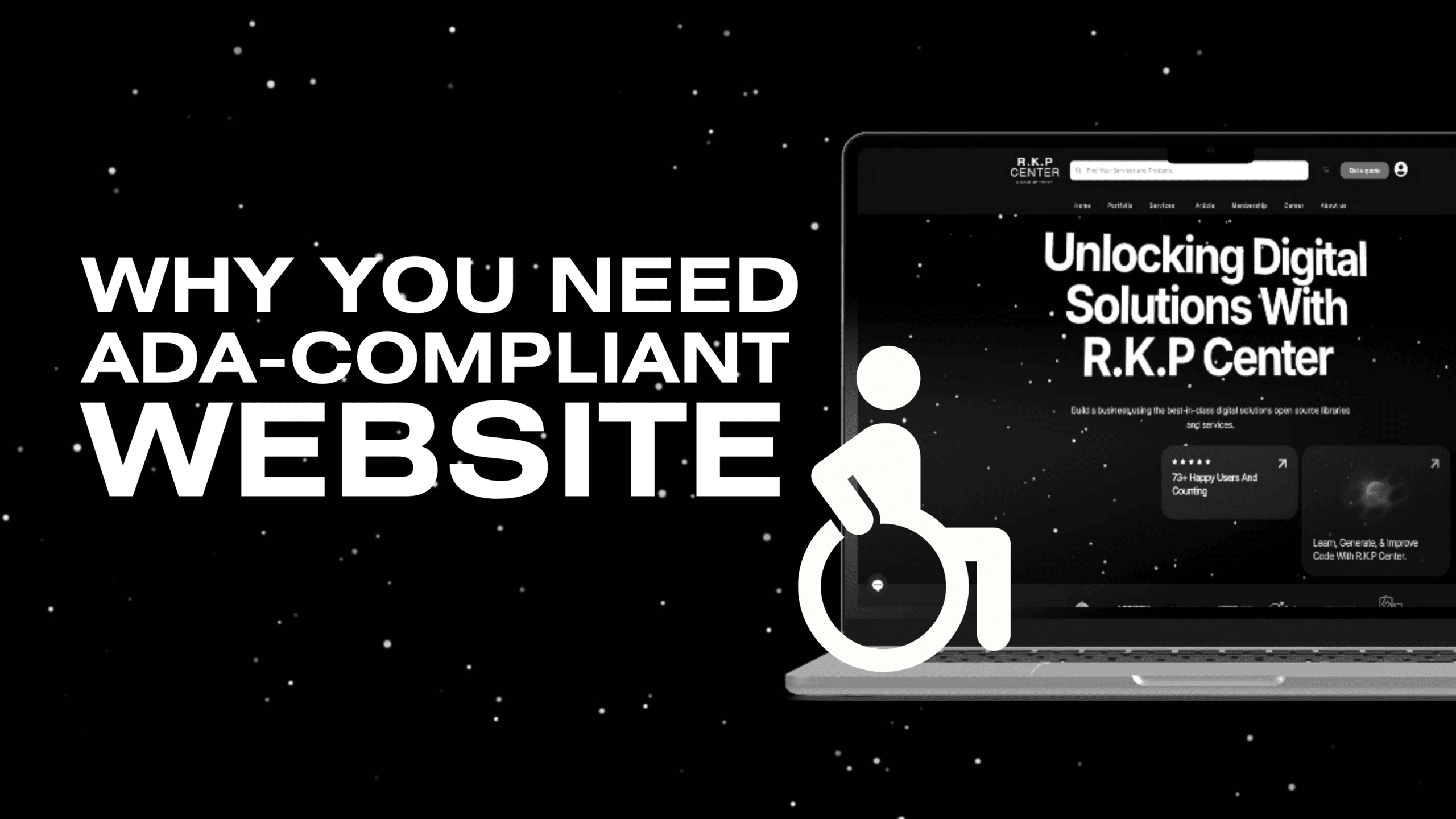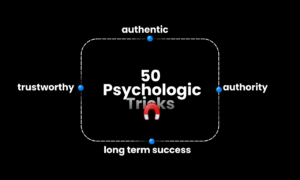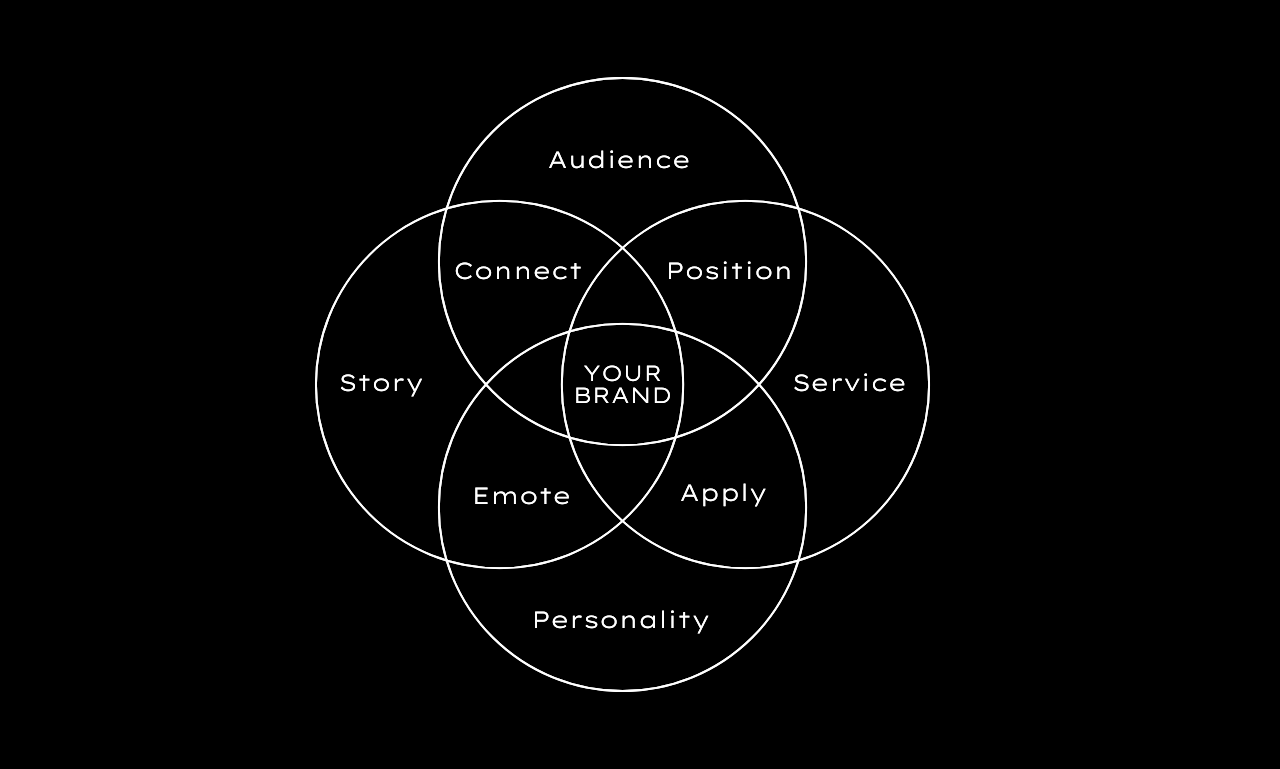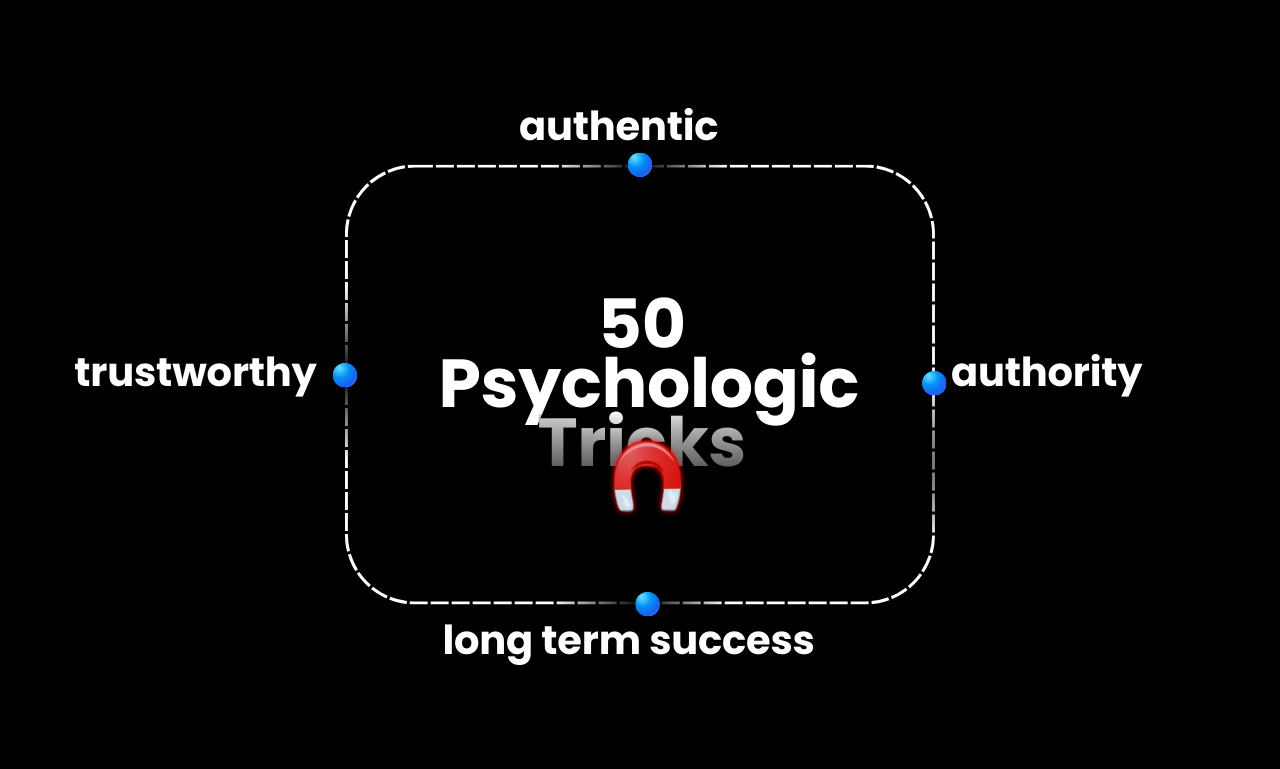Creating an ADA-compliant website is no longer optional; it’s essential. The Americans with Disabilities Act (ADA) ensures that digital spaces, like websites, are accessible to people with disabilities. Here’s why your business needs to prioritize ADA compliance:
1. Broaden Your Audience Reach
An estimated 1 in 4 adults in the U.S. lives with a disability. By making your website accessible, you’re opening doors for a wider audience, allowing everyone to engage with your brand. This includes individuals who rely on assistive technologies like screen readers or voice commands.
Learn more about disabilities and their impact on society.
2. Avoid Legal Risks
Non-compliance with the ADA can result in lawsuits, especially for businesses in industries like e-commerce, hospitality, and education. Legal cases surrounding website accessibility are on the rise, making compliance a proactive defense against potential fines or penalties.
3. Improve User Experience (UX)
Accessible websites aren’t just for those with disabilities—they improve usability for everyone. Features like clear navigation, alt text for images, and keyboard-friendly interfaces make it easier for all users to interact with your site.
Check out Web accessibility guidelines to better understand its principles.
4. Boost SEO Performance
ADA compliance and SEO often overlap. Features like descriptive alt text, logical heading structures, and video captions not only improve accessibility but also enhance your site’s search engine rankings.
5. Reflect Your Brand’s Values
Building an accessible website shows your commitment to inclusivity and equality. Customers increasingly choose brands that align with their personal values. ADA compliance demonstrates that you prioritize fairness and accessibility.
Key Features of an ADA-Compliant Website
- Alternative Text (Alt Text): Descriptions for images.
- Keyboard Navigation: Users can navigate without a mouse.
- Captioned Videos: Subtitles or transcripts for multimedia content.
- Color Contrast: Readable text against background colors.
Take Action Today
An ADA-compliant website is not just a legal obligation—it’s an opportunity to grow your audience and showcase your values. Need help optimizing your website for ADA compliance? Reach out to R.K.P Center for expert assistance.
Let’s make the web more inclusive together! 🌐












